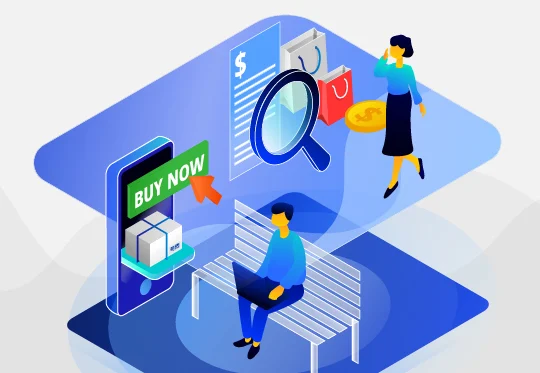
Now more than ever, businesses are moving towards agile workforces that aren’t tied to a location or device. Infrastructure and operations leaders are looking to create perimeterless workplaces that enhance operations while maintaining high security standards.
As we have seen over recent weeks, digital business requirements have accelerated the adoption of cloud services in order to support remote workers. Cisco’s video-conferencing Webex service registered a record 324 million attendees in March, with usage more than tripling in the APAC region. With workers switching from office PCs, to laptops in their home office, to smartphones or tablets in their living rooms, businesses need to ensure that they can do their job, no matter the device. This changing work style is described as a perimeterless workplace.
Mobile access to business tools require appropriate security precautions to ensure that access to information is controlled. With users transitioning between devices, networks, and applications, it can be difficult to maintain a seamless experience. By migrating to the cloud, organisations can enable these new ways of working without the need for local networks or VPNs and still maintain security standards. The adoption of cloud services allows users to be productive across a range of devices.
Removing perimeters with the cloud
Dubber cloud call recording and voice AI has been designed with remote work in mind from the very beginning. We connect to service providers directly through their networks: capturing calls directly from the source and securely storing them in the cloud, with no need for any on-premise equipment. With no up-front investment required, companies can access our call recording and voice AI services on an affordable monthly subscription. Businesses of all sizes can connect to our services through their telecommunications provider, with no minimums to prohibit smaller firms or self-employed workers. With global data centres, recorded calls are protected by the latest cloud security protocols while maintaining data sovereignty. Not only can calls be captured across fixed-lines and mobiles, with the appropriate permissions they can be securely accessed from any device or location.
Access and security permissions
In order to ensure information security, access management must be put in place for remote workers. Traditionally, access to data may have been restricted to internal networks within offices or corporate-owned devices. Within a perimeterless workplace, access is granted to specific users through authentication, authorisation, and single sign-on.
Within the Dubber platform, permissions settings and team structures are put in place to restrict access to recorded call content. Depending on the permissions status of the user, they may be able to listen to no call content, only their own calls, or the calls of their team. You can read more about our security practices on our security page.
Application integrations
Users working across devices and locations expect a seamless experience. They want to be able to use the same applications wherever they are working. This is why we made the Dubber portal available to use as a mobile app, desktop app, or through a web browser. Our open API also allows for integration with existing business tools, allowing recorded content to be accessible from applications that users already feel comfortable with. Integrations with CRM systems enable organisations to create detailed customer profiles with recorded calls and their transcripts stored alongside other information.
For more information on how our cloud services can be implemented across a remote workforce, talk to one of our team today.
